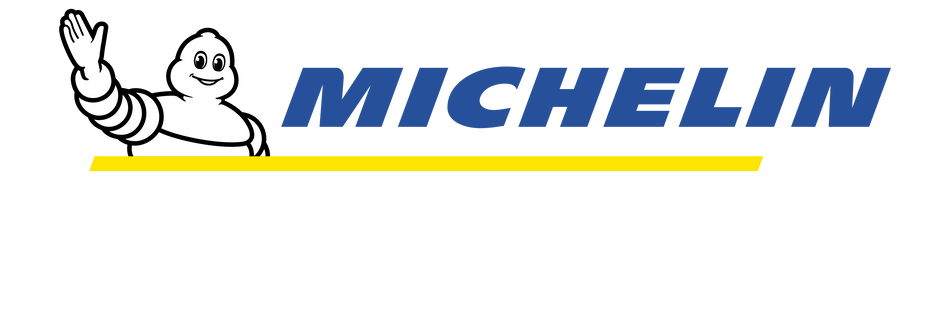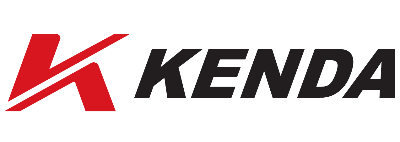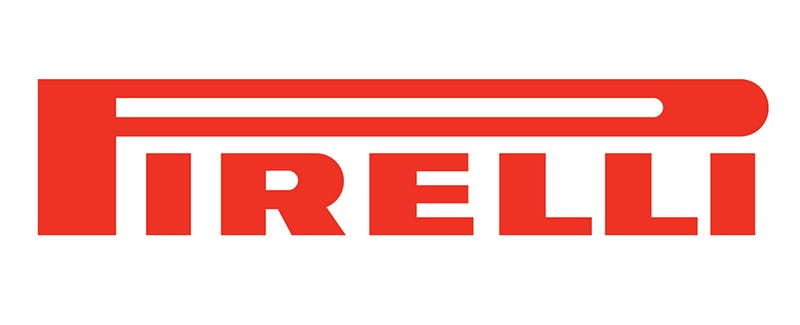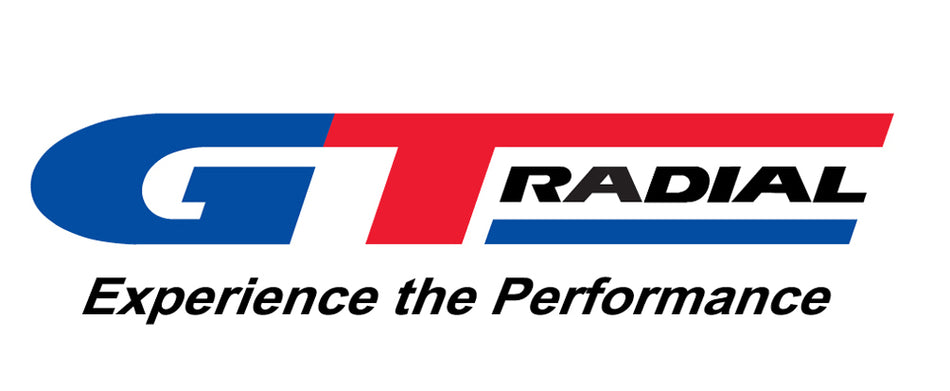Our Agricultural tyre business brought with it a larger customer base for Car, 4x4 & Commercial tyres. From Fiat 500s to Scania Trucks our expert tyre fitters now have decades of experience and are renowned for providing exceptional value and customer service.
Mobile Tyre Fitters
Visit or have use come out to you. Whether at home or work our Van is fully equipped to help.
Tyre Supply
We carry in stock hundreds of budget, mid-range & premium tyres. What we don't carry in stock our extensive distribution network can provide inside 24 hours.
Puncture Repair services
Where possible our fitters can fix punctures to tubeless and tubed tyres. Some tyres can not be repaired, if you are unfortunate enough to have any of the below faults, our fitters will not complete a repair.
- Perishing
- Damage to the interior resulting from under inflation or driven flat
- Visible to damaged bead wire
- Illegal tread depth (1.6mm)
- Exposed cords
Before coming in we recommend you call to check if we have a replacement in stock just in case repair isn’t an option. If you to use our mobile tyre service we will only come out if we have a tyre in stock of the right size.
























